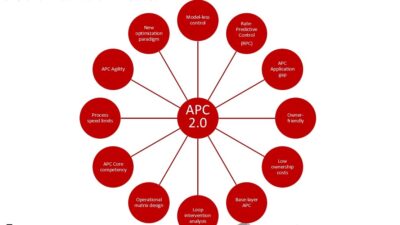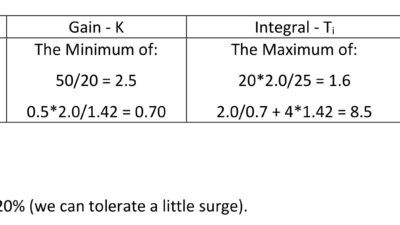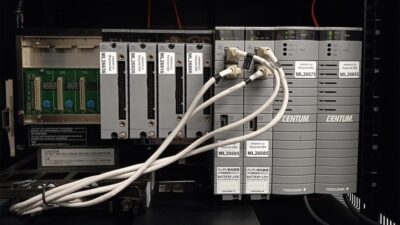If it's true that just any old picture is worth a thousand words, then a detailed picture of a regulatory control strategies must be worth quite a few words of machine code, right? That certainly seems to be part of the design intent behind the control system software development package known as Gello, available from RTP Corp.
If it’s true that just any old picture is worth a thousand words, then a detailed picture of a regulatory control strategies must be worth quite a few words of machine code, right? That certainly seems to be part of the design intent behind the control system software development package known as Gello, available from RTP Corp. (Pompano Beach, Fla.).
A Gello program is organized as a set of pages which may be either of just two types. At the lower level are pages with mathematical operation blocks connected by data flow lines. These pages, called Gello Objects pages, do the actual work of manipulating data and performing calculations. The execution order and priority of those pages is then controlled by an overall flowchart page called a Threads page. Either type can be nested and call other pages as subordinate tasks.
A Threads page is a picture of program flow and consists of a graphically linked network of Page objects (calls to other pages), Decision blocks (to allow selected branches in program flow), Fork and Sync objects (to implement parallel branches and call several task pages at the same time) and I/O Scan objects to enable, disable, and synchronize field data transfers.
Similarly, a Gello Objects page is a detailed picture of information flow. It consists of a graphically linked network of mathematical operations chosen from a fairly rich palette of variable types, bit operations, floating-point and integer math functions, conversions, data arrays, and page objects used to call other program page tasks. Sections of page diagrams can be cut and pasted onto the same or other pages; a click of the error check icon then highlights duplicated addresses to be cleaned up and made unique. Another click puts the internal soft engine in simulate mode to check out the program as it’s being developed.
Live strip-chart recorder displays can be embedded directly in the Threads or Objects pages as well as help debug and tune. Gello differs from most other soft-PLC packages in that it is a purely graphical language. Every numerical operation, from addition and subtraction to full three-mode PID control, shows up as a graphical object. Many who specialize in boiler control or similar disciplines already design with that mind-set; I found myself wishing I could occasionally write out an equation such as A = B × C + D rather than draw the variable objects, math operation blocks, and lines to connect them all.
Since a user program consists only of variable definitions and a nodelist with connection information and comments, the source files are very small and efficient. One large, complex boiler control application with dynamic simulations and comments occupied only 69K of disk space.
Gello is available either as part of RTP’s 2000 Analog PLC system or in standalone form directly from its original developer at Event Technologies Inc. (Hales Corners, Wis.). Gello runs under Microsoft Windows 3.11, Microsoft Windows 95 or NT. It fits well in an 80486 processor with 8 MB of RAM (16 for NT), 5 MB of available hard disk space and a 1.44 MB floppy. Connection to the target control node can be by way of a serial port or Ethernet card. Single-user list pricing for the basic package is around $4,800.
For more information on Gello visit www.controleng.com/info .
Author Information
Contributing Editor, Jay R. Jeffreys, P.E. is senior systems engineer at Industrial Systems Design, Johnson City, Tenn.



